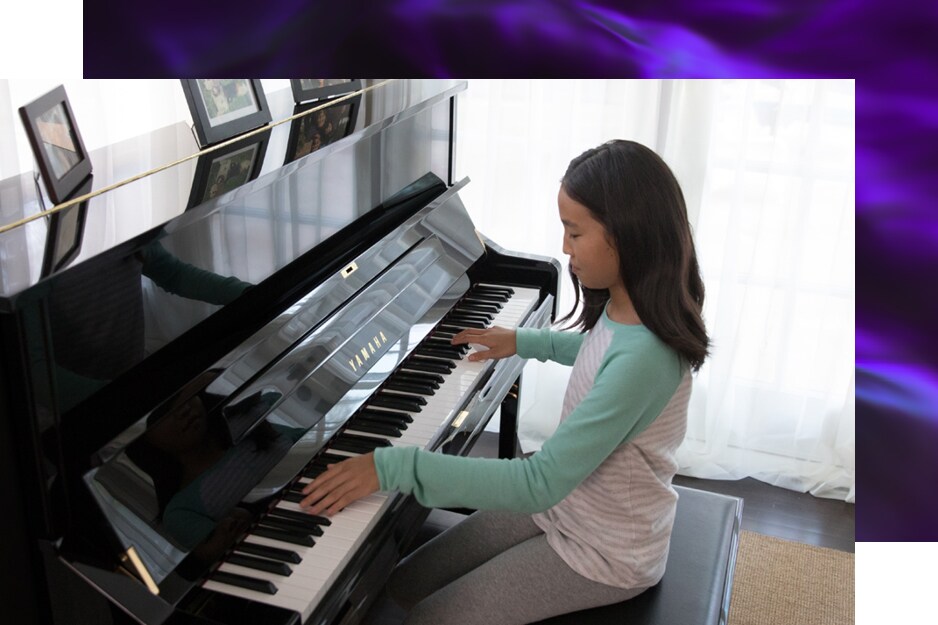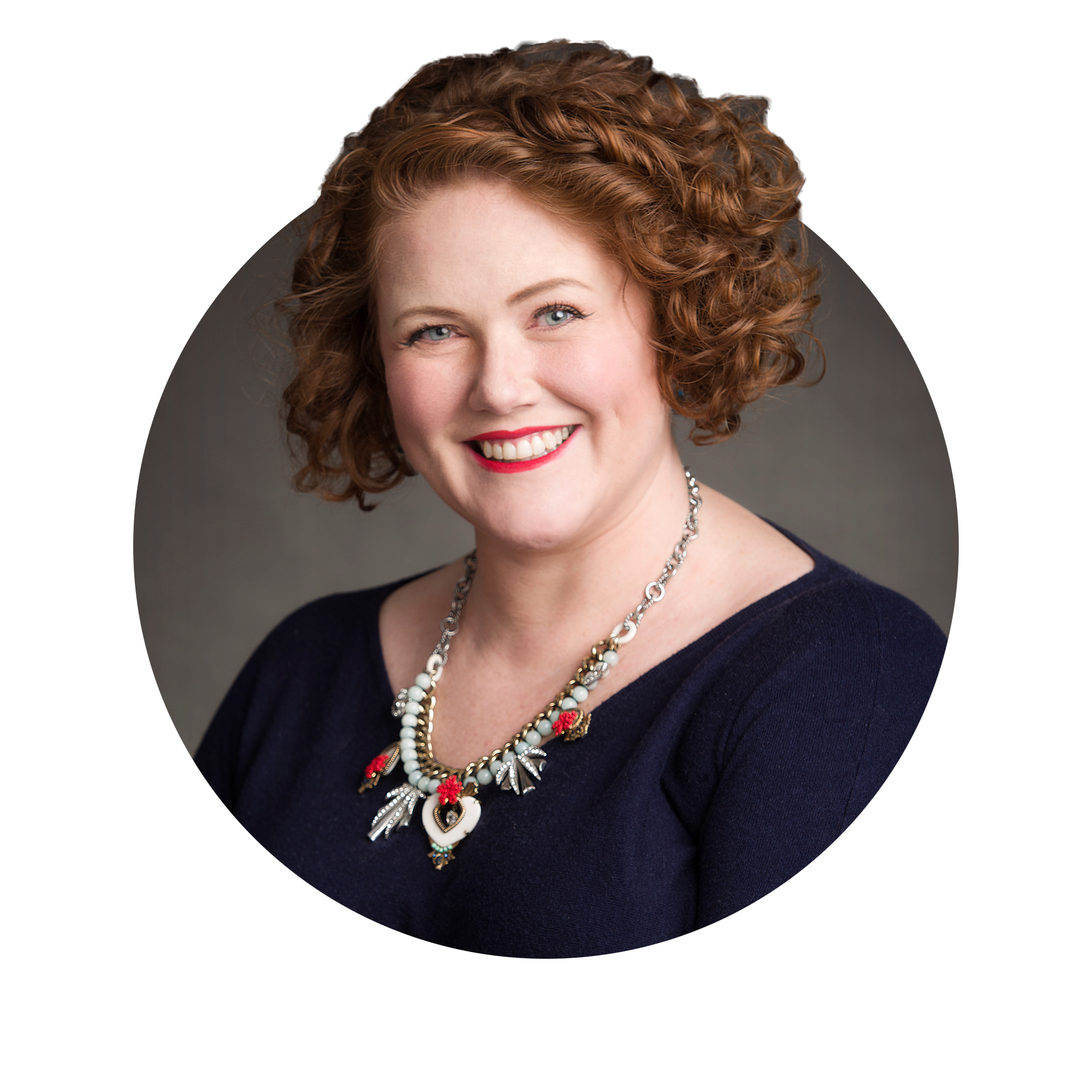FIRST LESSON PLANNING
Now that you’ve considered your main priorities for the first lesson, it’s time to map out the lesson structure. Consider it an easy step-by-step guide, keeping everything on track and ensuring you cover the material you are hoping to.
A word to the wise, as much as you plan the ideal lesson, it will rarely actually happen.
Things will change, the student might want to take a different direction, and being able to be flexible in the lesson is an important skill to develop. It’s something you develop over time as you build your teaching toolkit of plans and activities. As you learn what activities enhance a student’s understanding of a concept and have more ways to make those connections. Continuing with your own reading, learning, and professional development will help you to gain those skills as a teacher.
Having a plan allows you the ability to deliver a great lesson and adapt as needed.
My greatest tip for the first lesson is to allow time and space for the conversations; the rapport building. Allow time for curiosity and experimenting with the instrument. Always tap back into your intentions of the lesson and if adding in another activity will serve those intentions. Over-filling a lesson with different things can either feel rushed, pressured, or incomplete as you don’t get to all of the tasks you’d planned and need to cut the lesson off part way through.
With that in mind, here is a quick template of how I (after nearly 20 years of teaching) generally structure a first lesson:
HELLO AND WELCOME!
Start the lesson by introducing yourself to the student. In all likelihood, it is the first interaction they will have with you. Show them in, welcoming them to the space and taking them to where they’ll play. I like to start at their seat or instrument (it is the reason they are spending time with you!)
You’ve probably asked the parents lots of questions prior to them starting lessons, but it’s also important to build that connection with your student. If it’s a piano student, I ask them if their piano at home looks like mine, or a bit different? You can learn about their piano and what your student notices about them. And that is a beautiful segue to chat about how you sit at the piano, the different parts of the piano, how to set themselves up well, what that might look like at home for them.
JUMP RIGHT INTO EXPLORING
Getting to know the topography of their instrument is a great way to start making sound. Whilst there are varied pedagogical considerations here, I always encourage making a sound on the instrument, as this is the best way to start exploring! For piano students, you can talk about the black and white keys, the groups of two/three black keys. Finding them on the piano can lead into the discussion about how the keys are different. I like to explore direction (up/down) and pitch (high/low) and get them curious about the way they touch the keys and how that changes the sound (short/long and loud/soft). It’s all about switching their ears on to the sounds they can create.
Some of these activities can be framed as a game, using props like animals to signify the high/low sounds or markers for the groups of two black notes. There are many ways you can choose to introduce these concepts, depending on the student’s age and developmental level.
THE TANGIBLES
Once we have explored direction, pitch and touch, together we would spend a bit of time extending one of those ideas in a piece or two to practice at home. I often only select books for a student after I’ve met them and interacted with them for a little while. That way I can gauge how quickly they pick up new concepts and how fast they learn new concepts and what they enjoy playing. That means that in the first lesson we have a couple of rote learning pieces, perhaps a nursery rhyme they know, and an invitation to explore making their own music using the things they’ve learnt in their first lesson! But don’t worry if a song, or anything close to it, is not on the table for the first lesson. Playing single notes, or playing long notes for a certain amount of time can work here.
WEAVE IN THROUGHOUT
You don’t need to just ‘sit at the bench’ for the whole lesson. For some young students, it’s a great idea to do some activities on the floor or table - creating posters to remember key topics (finger numbers for piano is a great example) or just attempts at drawing the instrument they’re about to play. Some students will be able to sit at their instrument throughout the lesson and others need to get up and move. Have options available to you for the lesson in case you need them.
As the lesson is going along, and you are playing something you would like your student to practice that week, ask if they could remember to practice that one at home. Open the conversation about practice, it is as easy as saying “oh, this is a good one to practice each day at home!”
A WARM GOODBYE
A few minutes before the end of the lesson, start reviewing the things to do at home. Check in with them that they remember each of the activities. You might choose to write them down either in a diary or in an app, whatever works for you and your student. In my studio, students have a diary (it helps with parent communication and jotting down their practice tasks for the week) and we finish each lesson with them putting a scratch and sniff sticker on the cover of the diary. For new students I explain this and ask if they would like to choose one too. It’s a good chance to then have a quick chat with their parents.
The end of the first lesson is a great time to debrief with the parent and discuss what practice might look like at home.
Then it is time to say your goodbyes and a “it was lovely to meet you, and I’m looking forward to your lesson next week.” never goes astray.
To make things super easy, you can download your very own template First Lesson Plan below. Just fill it in with your own tangibles and some specific activity ideas and you’re all set to go!

Planning the First Lesson
Your template guide to structure a first lesson to be enjoyable, practical and functional.
Carly McDonald

Carly McDonald is an Australian piano pedagogue, consultant, writer and presenter. She loves to connect teachers with creative ideas and strong business acumen. As well as being the Yamaha Music Australia Piano Education Consultant, Carly is the author of Creative.Piano.Professional, Editor of The Piano Teacher for Hal Leonard Australia, Australian Ambassador for the Piano Adventures series by Randall and Nancy Faber and co-editor of the ‘I Want To Play That’ piano series. She is passionate about fostering a connected teaching community and helping students to develop strong musical foundations and pathways for self-expression.

